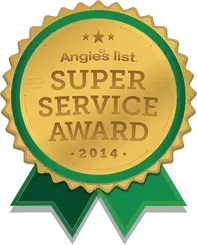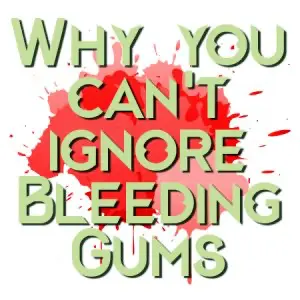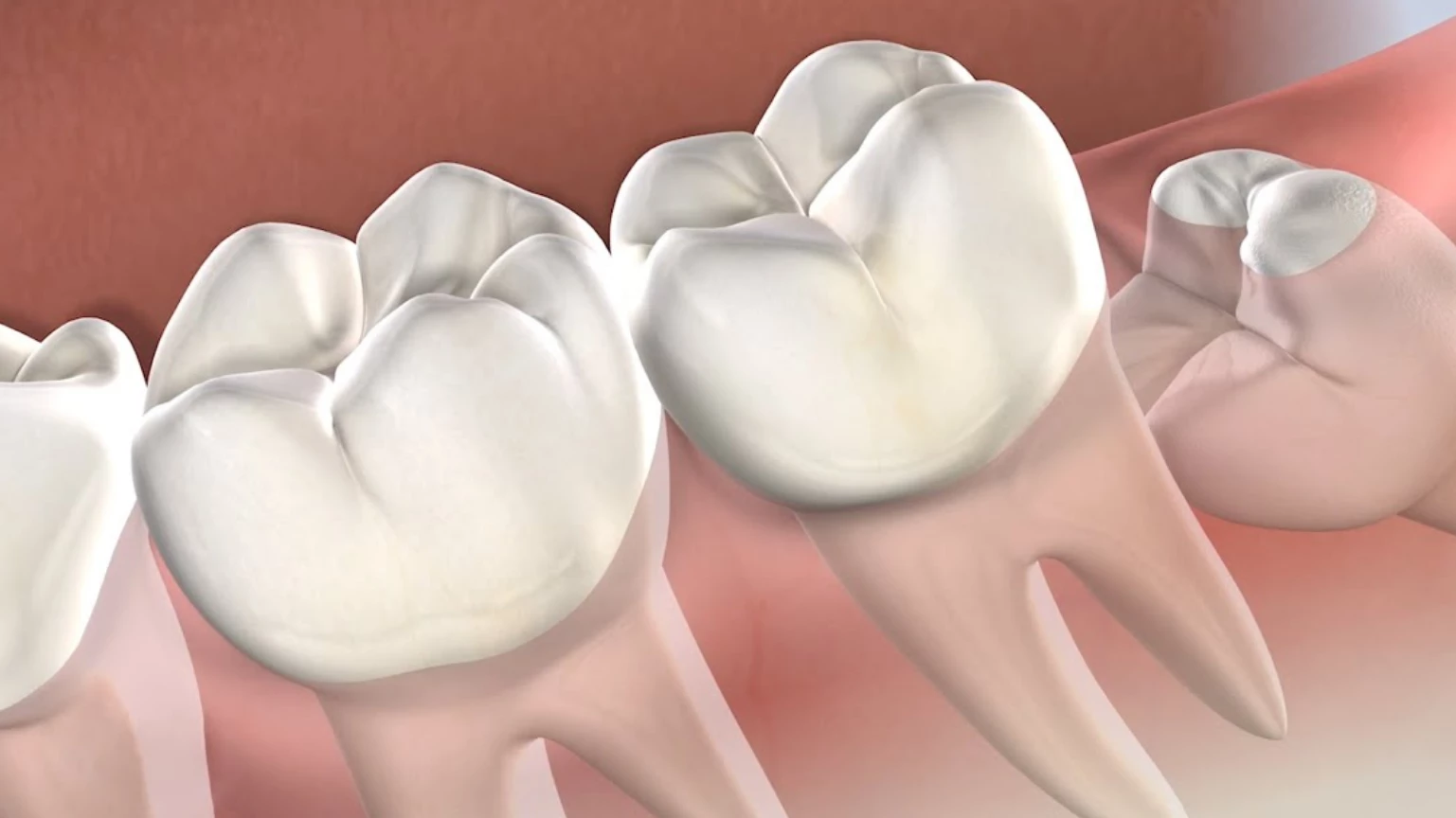Why Patients Choose Our Office for Tooth Extractions
Hundreds of Anderson patients have trusted our team for both simple and surgical extractions. We use advanced digital imaging to identify exactly what’s happening beneath the surface, which allows us to plan your treatment with accuracy and confidence. This leads to predictable outcomes and a smoother experience from start to finish.
Before we begin, we explain every step in clear, straightforward terms. You’ll know what we’re doing, why we’re doing it, and what to expect afterward. For patients who feel anxious during dental procedures, we offer comfort-focused sedation options to help you stay relaxed. Our goal is to provide a stress-free environment where you can get the relief you need without feeling overwhelmed.
When an Extraction is the Right Choice
We always explore tooth-saving treatments first, but sometimes removing a tooth is the safest and healthiest option. Extractions may be recommended when:
- The tooth has deep decay or infection that cannot be restored
- A crack extends below the gumline
- Advanced gum disease has weakened tooth support
- A previous root canal treatment has failed
- Wisdom teeth are painful, infected, or impacted
- You need space prepared for dentures or future dental implants
If you’re unsure whether your tooth can be saved, don’t worry. During your consultation, we evaluate the tooth carefully and walk you through every possible treatment path. You’ll never feel rushed or pressured. Our priority is helping you protect your long-term oral health with a clear, informed decision.



What to Expect During Your Appointment
Your visit begins with a digital exam that allows us to pinpoint the exact cause of your discomfort. This technology helps us differentiate between simple and surgical extraction cases, ensuring you receive the right type of treatment.
Before we begin, we review your comfort choices and make sure you understand the process. Most simple extractions are quick and straightforward, often taking only a few minutes once the tooth is fully loosened.
Surgical extractions, such as those involving impacted wisdom teeth, require a more detailed approach. These procedures may involve small incisions or sectioning the tooth into smaller pieces for safer removal. Regardless of the complexity, our techniques are gentle and designed to reduce trauma to surrounding tissues.
After the tooth is removed, we clean the area thoroughly and place gauze to help control bleeding. Before you leave, you’ll receive instructions to support a smooth recovery.

Simple vs. Surgical Extractions in Our Office
Simple Extractions
A simple extraction is performed when the tooth is visible above the gumline and can be removed without surgical steps. These procedures are typically used for teeth that are damaged or decayed but still intact. With local anesthesia and a careful approach, most patients feel only pressure, not pain.
Surgical Extractions
A surgical extraction is recommended for teeth that are not easily accessible, including broken teeth, partially erupted teeth, and impacted wisdom teeth. Using digital imaging, we map out the position of the tooth and surrounding structures so the procedure is safe and efficient. Even though the process is more complex, our minimally invasive methods help reduce swelling, discomfort, and healing time.
Both types of extractions are performed with your comfort in mind, and our team stays attentive to your needs throughout the appointment.
Recovery, Healing, and Follow-Up
Healing after an extraction varies slightly depending on whether the procedure was simple or surgical, but most patients follow a similar recovery timeline. Mild soreness is normal for 24 to 48 hours and tends to improve steadily each day. Swelling may occur after surgical procedures, but this usually resolves quickly with proper care.
You’ll leave with personalized home-care instructions that include how to manage discomfort, what to avoid eating or drinking, and how to protect the extraction site. We recommend avoiding strenuous activity and drinking through straws during the early healing stages to prevent complications.
Our team checks in with you after your visit to make sure everything is healing correctly. If questions come up or something doesn’t feel right, you can contact our office anytime. We’re here to support you through the full healing process, not just the appointment itself.
Replacement Options After Tooth Removal
If your extraction leaves a visible gap, replacing the tooth is important for both aesthetics and oral health. Missing teeth can affect your bite, shift surrounding teeth, and make everyday activities like chewing more difficult. We offer several restoration options to rebuild your smile:
Dental Implants
Implants are the most long-lasting replacement choice and look and function like natural teeth. They help preserve bone structure and restore full chewing strength.
Dental Bridges
A bridge attaches to the neighboring teeth to fill the gap left by the missing tooth. This is a durable, fixed solution for patients who want immediate restoration without surgery.
Partial Dentures
Removable partials are cost-effective and can replace multiple missing teeth at once. These are a good solution for patients exploring long-term restorative plans.
We’ll review each option with you, discuss pricing, and help you choose the one that fits your goals and budget. Our goal is to restore your comfort, function, and confidence.
What Happens During A Tooth Extraction
What Our Patients are Saying
I was a new patient being worked in because I had some swelling in my jaw. I figured they would assess the situation, and make a scheduled appointment to resolve. Turned out that I had an abscess and that my only option was to extract the tooth. Dr. Hardy told me that I needed to start antibiotics immediately. Then offered to go ahead and pull it right then or come back in two weeks. I decided to just get it over with. It turned out to be a very difficult extraction, which I’m sure put a strain on his schedule. Bottom line… the bad tooth is gone and I was extremely impressed with his effort and the professionalism of the entire experience. I’m pretty sure I’ve finally found a dentist and dental practice I feel comfortable with. Yay! 😊
— Lynne Miles
I had a tooth extraction, and the staff was kind and friendly. Really good dentist
— Marg Ander
Get Relief Now — Schedule Your Tooth Extraction in Anderson, SC
If you’re dealing with pain, swelling, or a damaged tooth, Cornerstone Dentistry is here to help. Call our office or request your appointment online to get seen quickly. We’re committed to making your visit as comfortable as possible while giving you the relief you need.
If you have any questions or would like to schedule an appointment with your Anderson dental team, give us a call at (864) 222-9001 or request an appointment online! We look forward to hearing from you!







